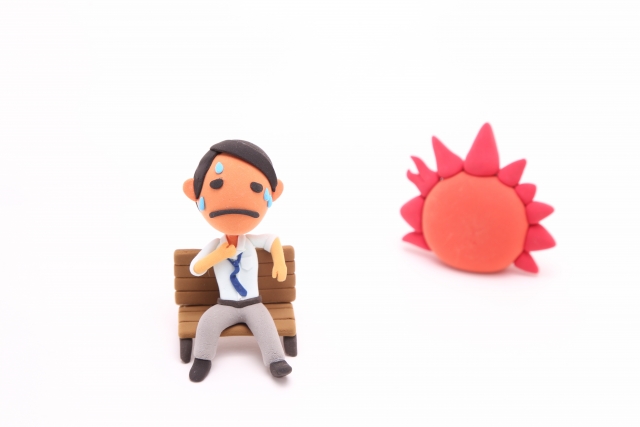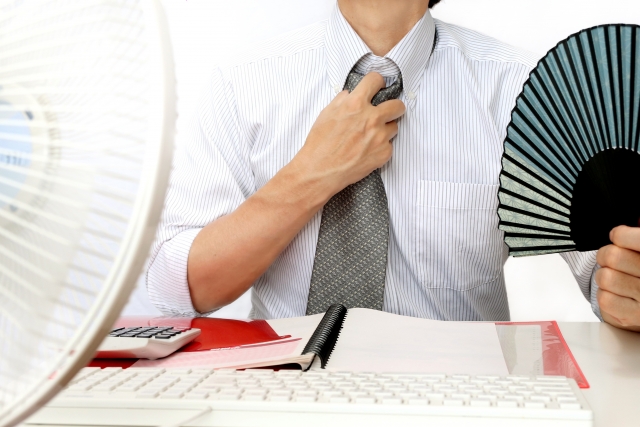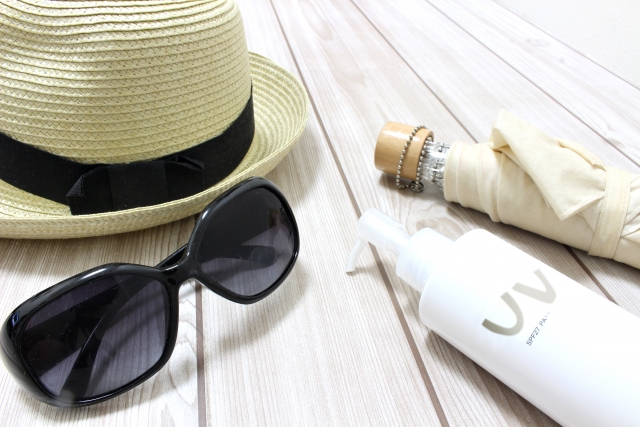A Must-Read If You're Spending Summer in Japan! Your Guide to Heatstroke Prevention
2025-06-29
Japanese Culture & Customs

Japan’s summers are becoming increasingly severe year by year, posing a tough season not only for Japanese people but also for foreigners.
Many people may find Japan’s hot and humid summers more uncomfortable than those in their home countries.
Moreover, the number of people suffering from heatstroke due to the intense heat in Japan is increasing.
If you are planning to spend the summer in Japan, it is advisable to learn how to prevent heatstroke and safely get through the Japanese summer.
This article provides a detailed summary of measures to prevent heatstroke and how to administer first aid for it.
Average Temperature, Humidity, and Characteristics of Japan’s Summer
According to the Japan Meteorological Agency, the average temperature and humidity in Tokyo in August 2024 were 29°C and 79%, respectively.
Looking at just these figures, Japan’s summer does not seem exceptionally severe compared to other countries.
However, in 2023, Tokyo recorded 90 “midsummer days” (maximum daily temperature over 30°C), 22 “extremely hot days” (over 35°C), and 57 “tropical nights” (minimum temperature over 25°C).
In 2023, the number of midsummer days, extremely hot days, and tropical nights all broke previous records.
Furthermore, in 2024, there were nine locations where the maximum daily temperature reached over 40°C (classified as “scorching hot days”).
These figures clearly show how severe Japan’s summer heat can be.
References:
-
Ministry of Land, Infrastructure, Transport and Tourism, Japan Meteorological Agency: “Past Weather Data Search”
-
Yahoo! JAPAN News: “Summary of This Year’s Tokyo Heat: High and low pressure systems and fronts alternated, and with cold air descending from this weekend, a short autumn begins.”
-
Ministry of Land, Infrastructure, Transport and Tourism, Japan Meteorological Agency: “Summer 2024 (June–August): Locations where temperatures reached a maximum of 40°C or more.”
Japanese Summers are Difficult for Foreigners to Endure
According to a survey conducted by the Japan Weather Association, about 80% of people from overseas feel that “Japanese summers are more uncomfortable than those in their home countries.”
Even among those from tropical regions such as Indonesia and Thailand, approximately 60% gave the same response.
This is likely due to the fact that Japanese summers are not only hot in terms of temperature but also have high humidity, resulting in a sticky and oppressive kind of heat.
Reference:
-
“Towards Zero Heatstroke”: “Heat Zero Research Report: Survey on ‘Japan’s Summer’ as Experienced by Foreign Nationals, Part 1”

How to Prevent Heatstroke in the Harsh Japanese Summer
Heatstroke occurs when the body is unable to adapt to hot and humid environments, causing various symptoms.
Common symptoms of heatstroke include the following. If left untreated, these symptoms may become severe:
l Flushed face
l Dizziness or lightheadedness
l Muscle pain or cramps
l Fatigue or nausea
l Excessive sweating or no sweating at all
l Elevated body temperature
l Red skin
Some people may not take heatstroke seriously, but in the worst-case scenario, it can lead to unconsciousness or even death.
According to statistics from the Ministry of Health, Labour and Welfare, approximately 1,000 people die from heatstroke each year in Japan.
Anyone planning to visit Japan during the hot season should be aware of ways to prevent heatstroke.
Heatstroke Prevention Tip ①: Stay Hydrated
The most important measure to prevent heatstroke is to drink water frequently.
Even if you are not thirsty, make it a habit to drink water.
Drinks that contain both salt and sugar, such as sports drinks, are particularly effective because they help the body absorb water.
Sports drinks can also efficiently replenish sodium (salt) lost through sweat.
However, be careful not to consume too much salt.
Heatstroke Prevention Tip ②: Get Quality Sleep
Lack of sleep disrupts the body’s ability to regulate temperature, so it is essential to ensure good-quality sleep to reduce the risk of heatstroke.
Not only should you get enough hours of sleep, but if the heat affects sleep quality during tropical nights, use an air conditioner with a timer function to avoid waking up in the middle of the night.
During periods of intense heat, aim to get 7 to 8 hours of sleep each night.
Heatstroke Prevention Tip ③: Build a Strong Body with a Balanced Diet
A balanced diet is also important in preventing heatstroke.
Japanese summer vegetables, in particular, are rich in nutrients that the human body needs during hot weather.
Make a conscious effort to consume nutrients such as sodium, potassium, vitamin B1, vitamin C, and protein.
If the heat causes a loss of appetite, smoothies made from fruits and vegetables are also recommended.
Heatstroke Prevention Tip ④: Find Ways to Stay Cool
To mitigate the heat even slightly, it is recommended to use a hat or parasol when outdoors.
Avoid spending long periods outside during the hottest times of day and use air conditioning effectively indoors.
Also, check the temperature and humidity of your surroundings to assess the risk of heatstroke.
If you are visiting Japan in summer for sightseeing, you may want to visit many attractions in a short time, but make sure to take regular breaks and avoid overexertion.

First Aid for Heatstroke
If heatstroke is suspected, take the following first aid steps.
However, if there is any doubt about heatstroke and the person is unconscious, call an ambulance immediately and provide first aid in the meantime.
Heatstroke First Aid Step ①: Move to a Cool Place
First, move to a cool place with air conditioning.
If it is difficult to reach such a place, take shelter in a well-ventilated shaded area.
If symptoms such as dizziness or lightheadedness occur, lie down in the cool area.
Heatstroke First Aid Step ②: Cool the Body
Remove clothing or use ice packs to cool the body.
Focus on cooling areas such as the neck, armpits, and groin.
If you cannot find an ice pack, a cold bottled drink can be used as a substitute.
Heatstroke First Aid Step ③: Rehydrate with a Sports Drink
While cooling the body, hydrate at the same time.
If possible, drink a sports drink that contains both water and salt.
However, if vomiting occurs, be careful, as fluids may enter the airway.
Conclusion
Summer in Japan is a difficult season for many foreigners.
Due to the high temperatures and humidity, there are days when the heat feels boiling and oppressive, increasing the risk of heatstroke.
If you plan to visit Japan in the summer, it is essential to know both how to prevent heatstroke and how to administer first aid.
With proper actions at the right time, you can reduce the risk of severe conditions.
By being conscious of heatstroke prevention and not overexerting yourself, you can safely enjoy life or travel in Japan’s summer!

